The Japanese castles are characterized by TENSHU (a tower keep), multi-layered tiled roofs, watchtowers, stone walls, and water moats. More than 100 Japanese castles remain today, 12 still hold the original tower keeps, and five are designated as a National Treasure.
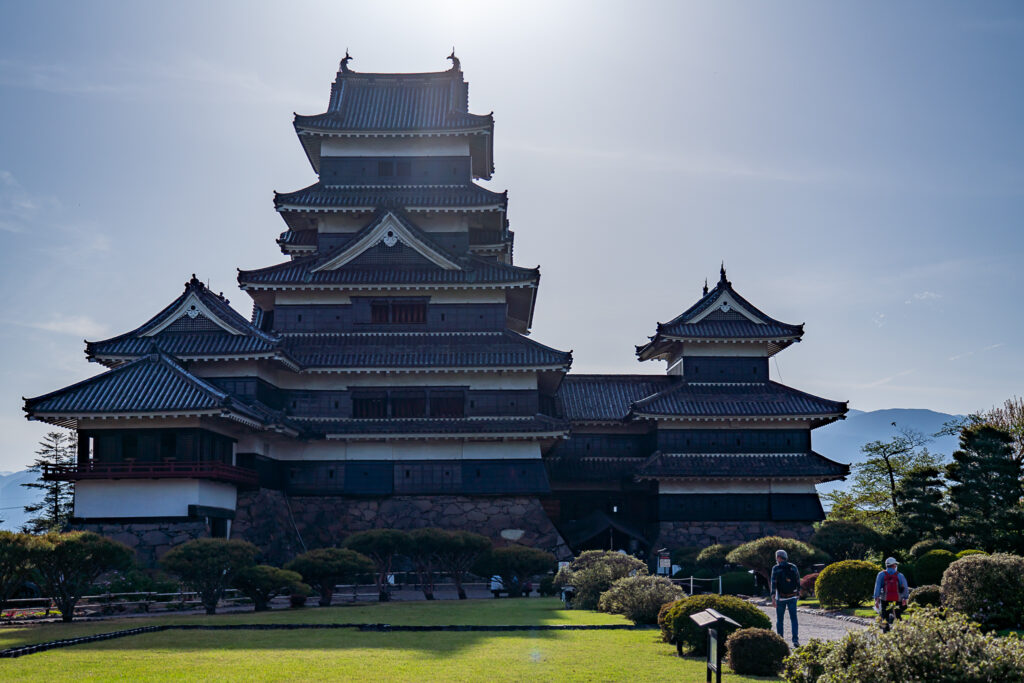
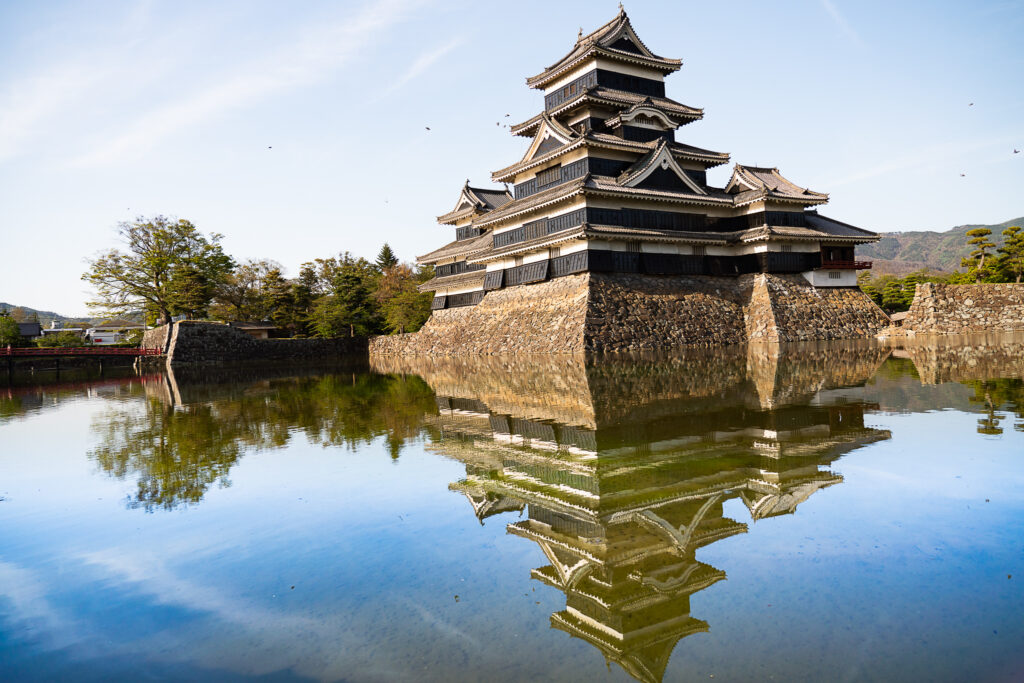
The Matsumoto Castle (the photos above), a national treasure, is located near JR Matsumoto Station (2.5 hour train ride from Shinjuku, Tokyo). Its tower keep was constructed in 1594, thus being the oldest among the existing towers in Japan. The walls are black in color as they are coated with black lacquer which has resistance to humidity. For its black exterior, the castle is called “Black Crow Castle”.
Do you want to see a white castle, too?
The Himeji Castle (the photos below) located near JR Himeji Station is another national treasure castle and designated a World Cultural Heritage Site by UNESCO. It has been nicknamed “White Heron Castle” for its exterior being white in color (the photo below). The white plaster or mortar is used as a construction material for it being water-and-fire-resistant.
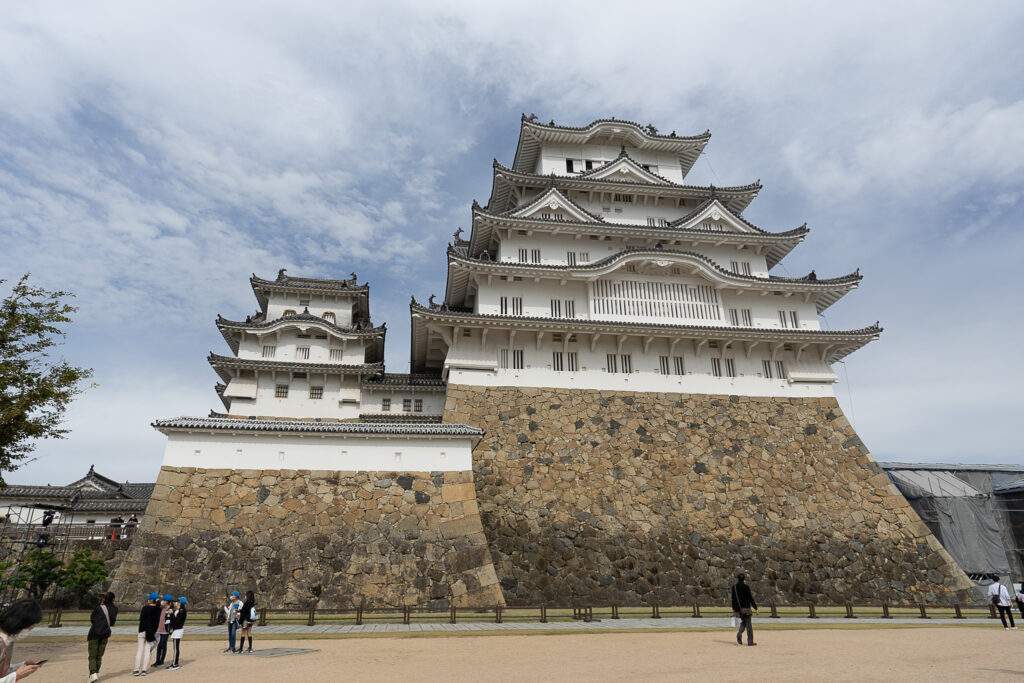
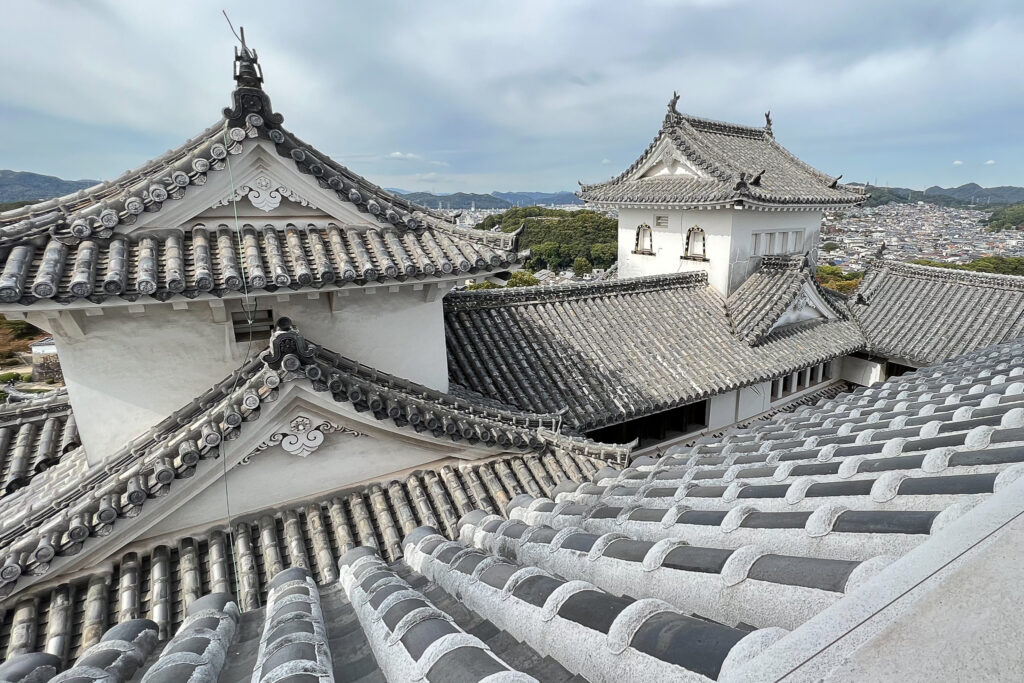
Why black vs. white? It is said that the feudal load who built the Matsumoto Castle (Black Crow Castle) was a follower of Toyotomi Hideyoshi who loved black castles, while the feudal load who built the Himeji Castle (White Heron Castle) was a follower of Tokugawa Iyeyasu who loved white castles. Toyotomi Hideyoshi was the leader of Samurai who united Japan in the late 16th century after the 100-year-long warring state. Tokugawa Iyeyasu overthrew the Toyotomi government and became the next ruler, establishing the Tokugawa Shogunate which ruled Japan for 260 years until the middle of 19th century.
Besides exterior and history, there is another way to enjoy Japanese castles: please explore different types of “traps”. With many traps built in to defeat the attacking enemy, Japanese castles are often called a “fortress”. One is “Masu” which literally means a cubic shape. The main gates of a castle are constructed in the Masu shape and when the enemy soldiers manage to get through the door of the gate, they will find themselves trapped in the Masu shut off on all four sides. The defenders could launch arrows or fire guns on the enemy from small windows on the gate tower or upper walls (loopholes, called “Sama”).
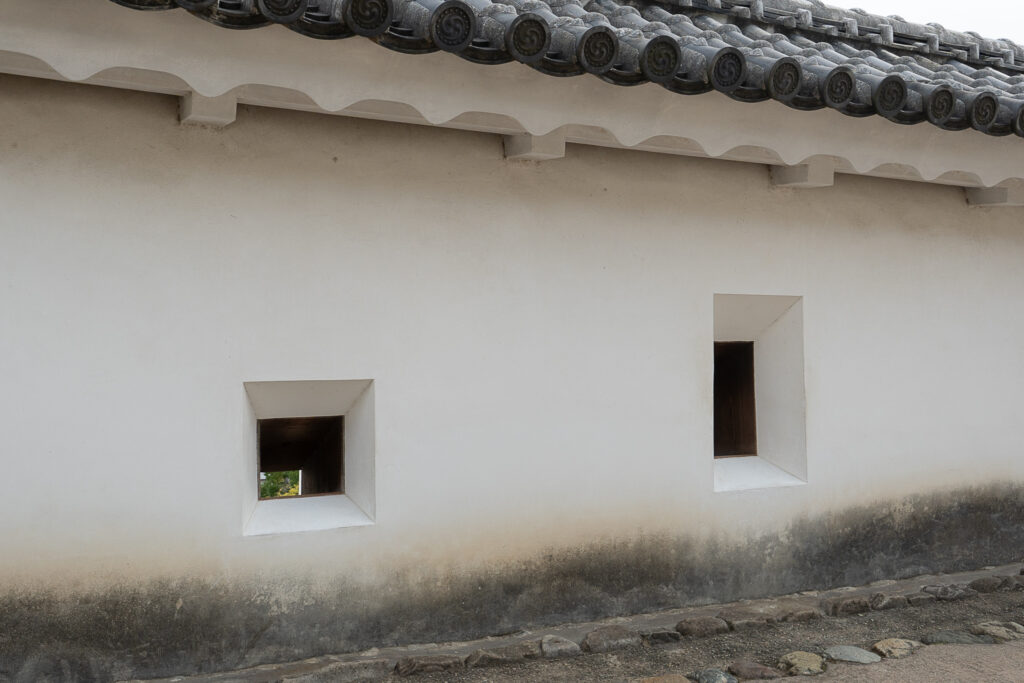
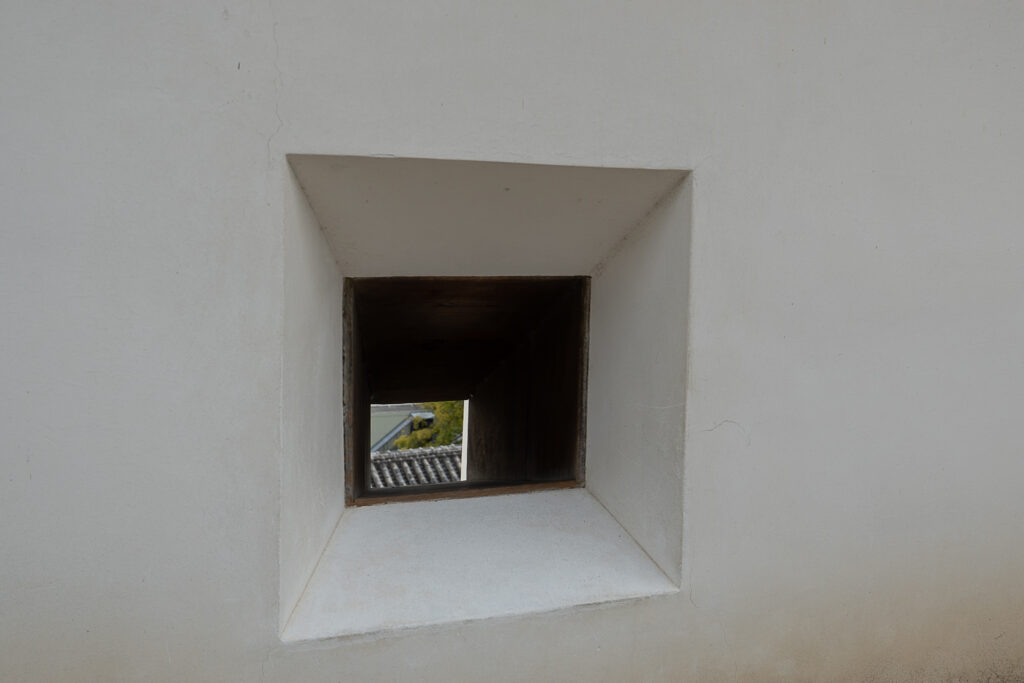
By Jin Shibata

Comment